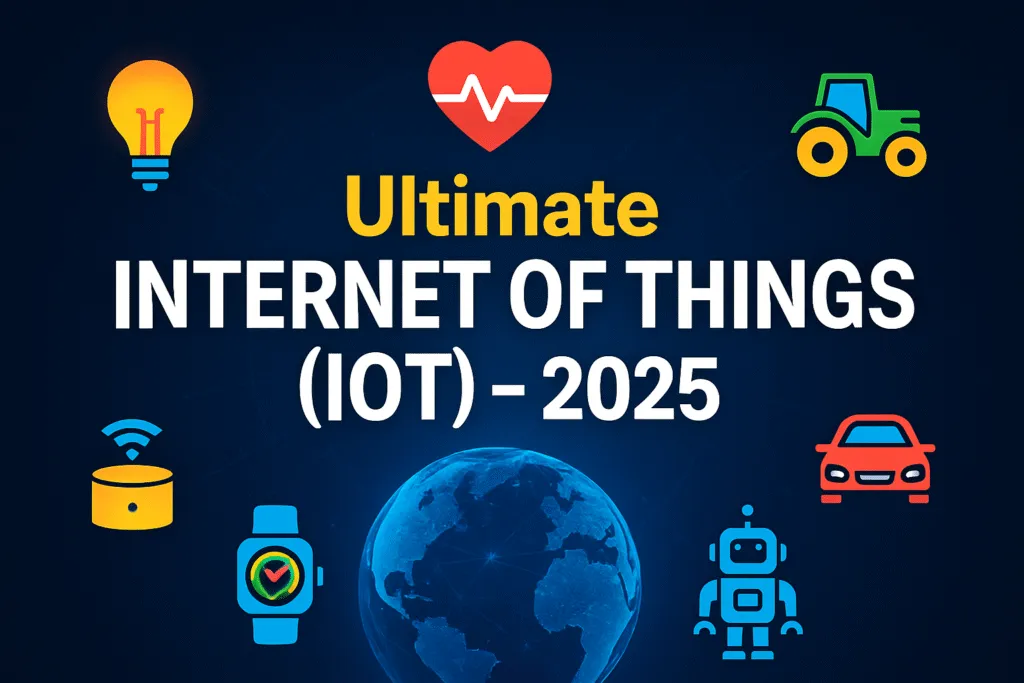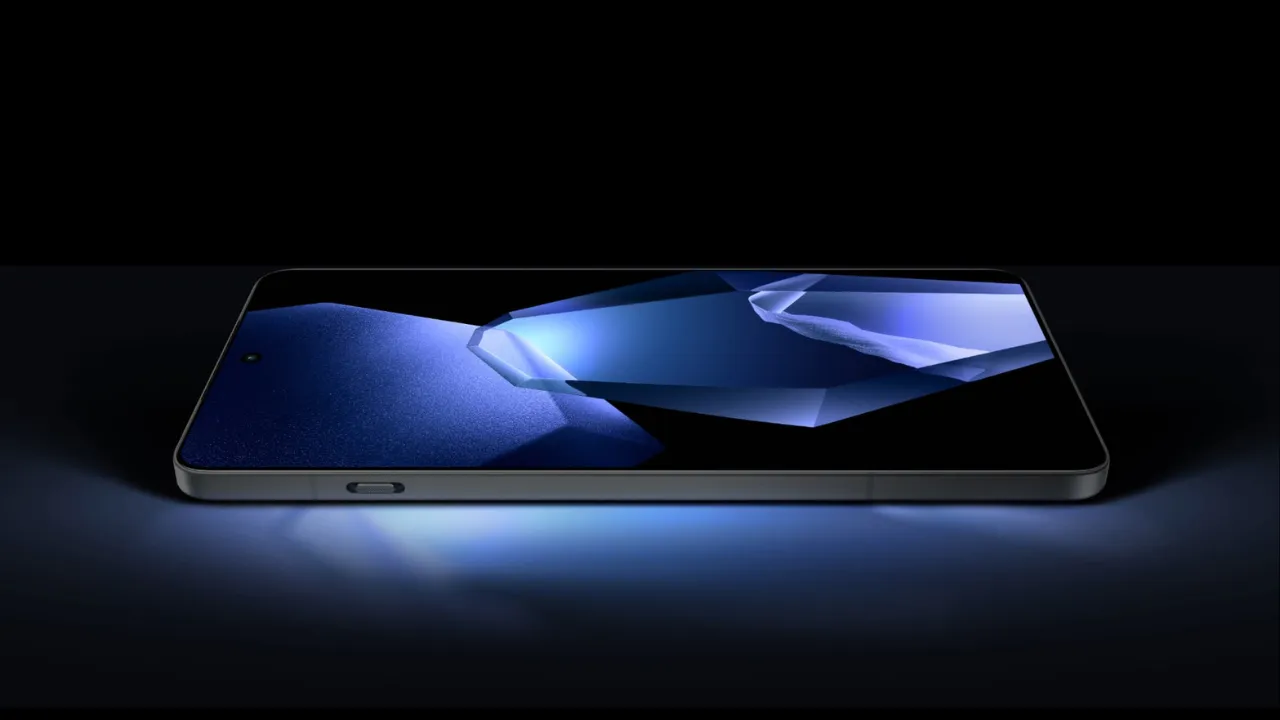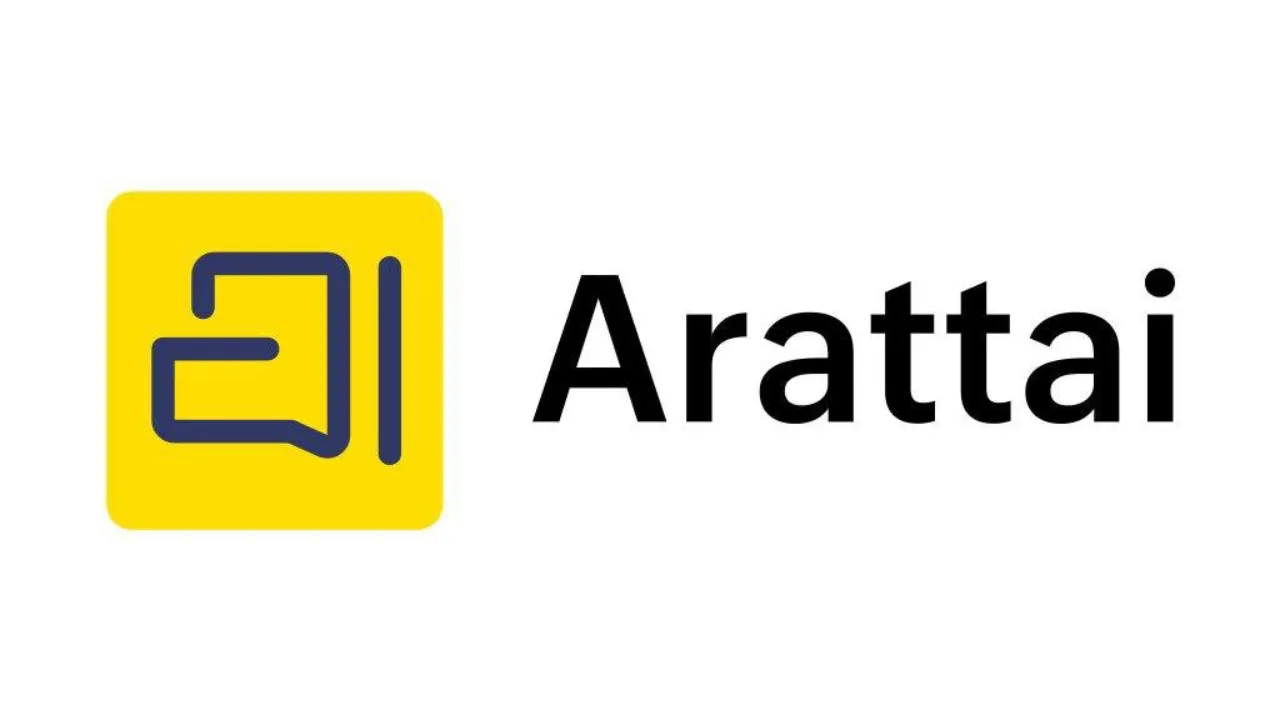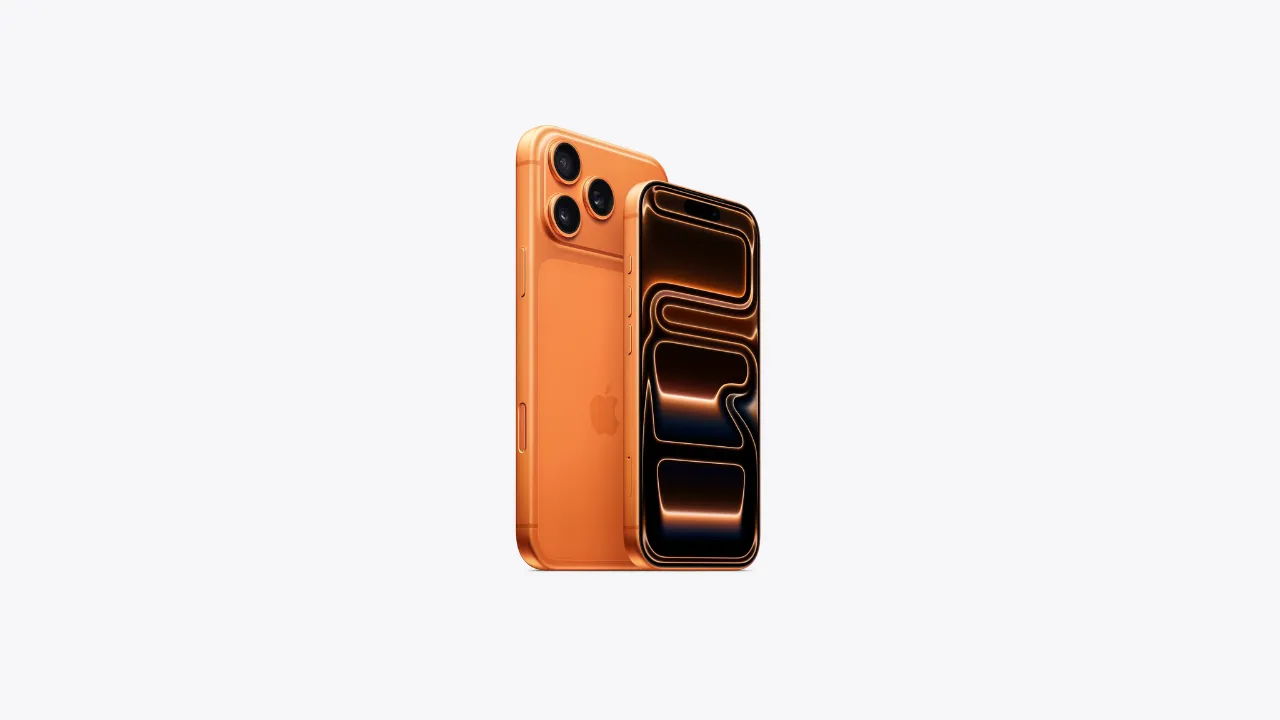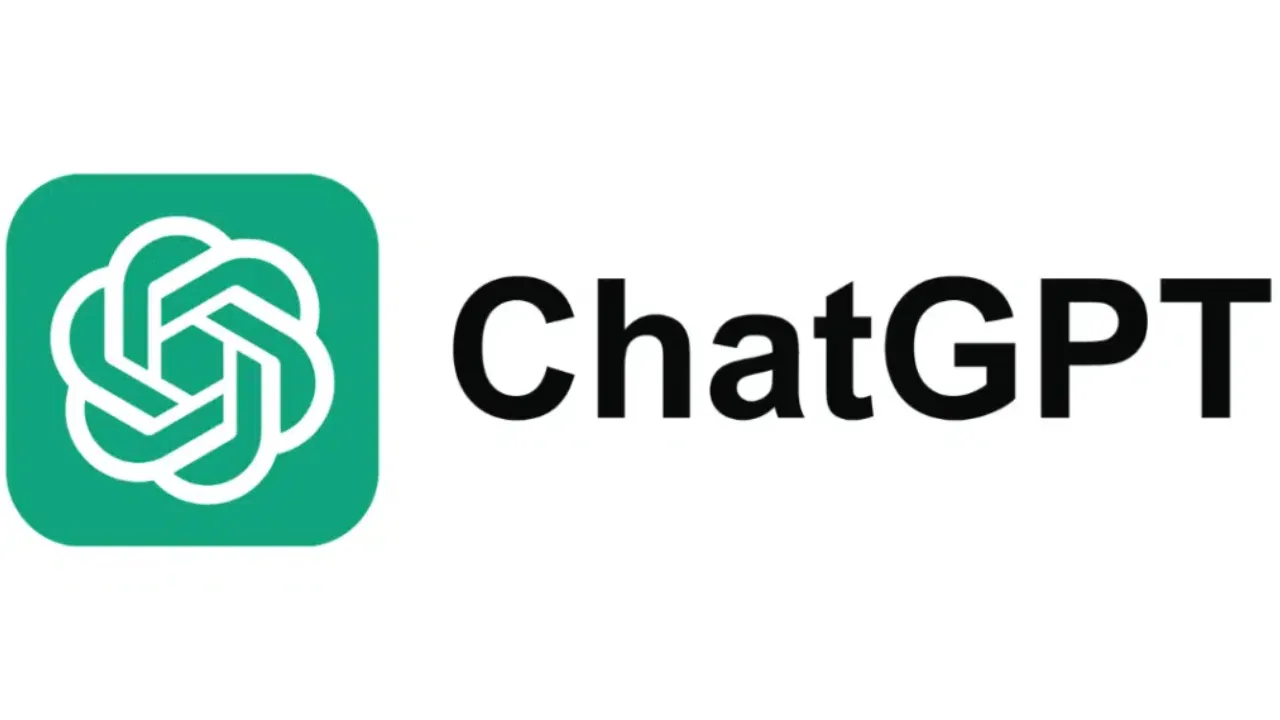Introduction to IoT
The Internet of Things (IoT) is transforming the way we live, work, and interact with technology. At its core, IoT refers to a vast network of physical devices—ranging from everyday household items to complex industrial machines—that are connected to the internet and capable of collecting and exchanging data without human input.
According to IBM, the Internet of Things (IoT). Think about your daily routine: your smartwatch tracks your sleep, your smart bulb switches off when you leave the room, and your voice assistant plays your favorite playlist the moment you say a word. All of these tasks are possible because of the internet of things. These devices are not just smart—they’re connected, responsive, and data-driven.
The true power of IoT lies in its ability to turn ordinary objects into intelligent systems. By enabling real-time data sharing, IoT helps automate processes, increase efficiency, and improve user convenience. It connects the digital world with the physical one in ways that were once unimaginable.
From smart homes and wearable tech to connected vehicles and industrial automation, the applications of IoT are expanding rapidly. It’s not just a trend—it’s a shift in how technology integrates into every aspect of our lives. As more devices become internet-enabled, the impact of the internet of things will continue to grow, making our environments smarter, safer, and more efficient.
How Does IoT Work?
The Internet of Things (IoT) works through a simple yet powerful process: connecting physical devices to the internet so they can collect, send, and receive data. These devices have built-in sensors, software, and communication hardware that allow them to interact with their surroundings and transmit information without human involvement.
Here’s how the internet of things operates in real life. First, a device gathers data through sensors—for example, a smart thermostat detects room temperature. Then, this data is sent through a network, usually via Wi-Fi, Bluetooth, or cellular connection, to a cloud platform or centralized system. Once received, the data is processed and analyzed, either by software or artificial intelligence, to make smart decisions. Based on the outcome, the device can take action—like adjusting the temperature automatically.
IoT devices don’t work in isolation. They are part of an interconnected ecosystem where multiple devices communicate with each other in real time. A smart home is a perfect example: your security camera can notify your phone when it detects motion, your smart lights can turn off when you leave the house, and your refrigerator can alert you when groceries are running low.
All of this happens with minimal human effort, thanks to the seamless interaction between sensors, connectivity, cloud computing, and automation. The internet of things essentially brings intelligence and interactivity to everyday objects, creating smarter environments and making our lives more efficient.
As technology continues to advance, the way IoT works will become even more sophisticated, paving the way for a future where connected devices anticipate our needs and respond instantly.
Key Components of IoT Systems
The Internet of Things (IoT) is not just about smart gadgets—it’s a complete ecosystem made up of several essential components that work together to create seamless, automated experiences. Understanding these core elements helps explain how IoT systems function effectively in real-world applications.
1. Devices and Sensors
At the heart of every IoT system are the physical devices and sensors. These can be anything from a smartwatch, smart bulb, or thermostat to industrial machines and agricultural tools. They collect data from their surroundings—like temperature, motion, light, or pressure—and convert it into usable digital information.
2. Connectivity
Once data is collected, it needs to be transmitted. Connectivity is what links IoT devices to the cloud or a central server. This connection can happen through Wi-Fi, Bluetooth, cellular networks (like 4G/5G), Zigbee, or even satellite. The right communication method depends on the application and the environment.
3. Data Processing and Cloud Computing
After reaching the cloud or a centralized system, the data is processed. Cloud platforms analyze the data, detect patterns, and often use machine learning to make real-time decisions. For example, a smart irrigation system may decide when to water crops based on weather forecasts and soil moisture levels.
4. User Interface
This is how users interact with the IoT system. Whether it’s a mobile app, web dashboard, or voice assistant, the interface allows users to monitor devices, receive alerts, and control actions remotely. A smooth and intuitive interface is crucial for a good IoT experience.
The internet of things depends on the smooth interaction between all these components. When they work in harmony, they create powerful solutions that improve efficiency, safety, and convenience across industries and daily life.
Examples of IoT in Daily Life
The Internet of Things (IoT) has quietly become a part of our everyday routines, often without us even realizing it. From the moment we wake up to the time we go to sleep, IoT devices are working behind the scenes to make life more convenient, efficient, and secure.
One of the most common examples is smart home technology. Devices like smart speakers, thermostats, lights, and security cameras are all connected to the internet and controlled through mobile apps or voice assistants. For instance, you can dim the lights, lock your doors, or adjust the room temperature using your smartphone—even if you’re not at home.
Wearable devices are another widely used form of IoT. Fitness bands and smartwatches track steps, monitor heart rate, and even analyze sleep patterns. These gadgets sync with your phone to give you real-time health insights and activity updates, helping you stay on top of your fitness goals.
In the kitchen, smart appliances like refrigerators can alert you when groceries are running low or suggest recipes based on available ingredients. Similarly, robot vacuum cleaners use sensors and AI to map your home and clean efficiently without manual input.
IoT is also visible in transportation. Connected cars can offer real-time traffic updates, predictive maintenance alerts, and even remote start or lock functions. Some vehicles use IoT systems to improve driver safety through features like lane assist and collision detection.
Even outside the home, IoT plays a role in public services. Smart streetlights, waste bins, and parking systems in modern cities help reduce energy usage and improve urban planning.
These real-life examples show how the internet of things is not just a futuristic concept—it’s already enhancing our daily lives in simple yet powerful ways.
Applications of IoT Across Industries
The Internet of Things (IoT) is not limited to consumer gadgets—its real strength lies in its ability to transform entire industries. From homes to hospitals and factories to farms, IoT is driving efficiency, automation, and smarter decision-making across sectors. Here’s how different industries are embracing the internet of things.
Smart Homes
Smart homes are perhaps the most visible application of IoT. Devices like smart lights, voice assistants, thermostats, and security systems are connected to the internet, giving users remote control and automation. Whether it’s adjusting lighting based on your schedule or monitoring your home from miles away, IoT makes living spaces more convenient and secure.
Healthcare
In healthcare, IoT is making patient care more proactive and personalized. Wearable devices can monitor vital signs like heart rate, oxygen levels, and sleep patterns in real time. Hospitals use IoT to track medical equipment, manage patient data, and enable remote consultations. This improves patient outcomes while reducing strain on medical staff.
Agriculture
Farmers are using IoT to boost productivity and resource efficiency. Smart sensors placed in fields monitor soil moisture, weather conditions, and crop health. These insights help farmers make data-driven decisions on irrigation, fertilization, and harvesting. The result is higher yields, lower costs, and more sustainable farming practices.
Transportation
IoT is reshaping how we move people and goods. Connected vehicles offer real-time traffic data, predictive maintenance alerts, and enhanced safety features. Logistics companies use IoT to track shipments, optimize routes, and monitor vehicle conditions. In cities, smart traffic systems help reduce congestion and improve road safety.
Manufacturing
In factories, IoT powers what’s known as the Industrial Internet of Things (IIoT). Machines equipped with sensors can detect faults, monitor performance, and schedule maintenance automatically. This reduces downtime, improves quality control, and supports lean manufacturing processes.
From smart homes to smart industries, the internet of things is unlocking new levels of automation, efficiency, and innovation across every sector.
Benefits of IoT
The Internet of Things (IoT) is revolutionizing the way we interact with technology by connecting everyday devices to the internet. This growing network offers a wide range of benefits across personal, professional, and industrial spaces, making systems smarter, faster, and more efficient.
One of the biggest advantages of the internet of things is automation. IoT-enabled devices can perform tasks without human involvement, saving time and effort. For example, smart lights can turn off automatically when you leave the room, and industrial machines can schedule their own maintenance before problems occur.
Another major benefit is real-time monitoring. IoT allows constant tracking of data, whether it’s your heart rate via a smartwatch or temperature levels in a factory. This real-time visibility leads to better decision-making, improved safety, and faster response to potential issues.
IoT also drives cost savings. By using connected devices to optimize energy use, reduce waste, and prevent equipment failures, businesses and households alike can lower their operating costs. For instance, smart thermostats learn your habits and adjust heating or cooling, which can lead to significant energy savings.
Improved efficiency is another key advantage. In industries like agriculture or logistics, IoT provides precise data that helps in managing resources more effectively. This leads to higher productivity, better crop yields, and faster delivery times.
Lastly, IoT enhances convenience and user experience. Whether it’s controlling home devices through a smartphone or receiving health alerts before symptoms appear, the technology is designed to simplify daily life and provide more control over our environment.
In short, the internet of things brings together data, automation, and connectivity to create smarter systems that benefit individuals, businesses, and entire industries.
Challenges and Risks in IoT
While the Internet of Things (IoT) offers incredible benefits, it also brings several challenges and risks that cannot be ignored. As more devices get connected to the internet, the complexity of managing and securing this vast ecosystem increases significantly.
One of the biggest concerns is security. Every connected device can become a potential entry point for cyberattacks. Weak passwords, outdated firmware, or unsecured networks can allow hackers to access sensitive data or even take control of devices remotely. In large-scale deployments, a single vulnerability can compromise the entire system.
Closely related is the issue of data privacy. IoT devices collect massive amounts of personal and behavioral data—from your daily routines to your health stats. If this data falls into the wrong hands or is misused by companies, it can lead to serious privacy violations and loss of trust.
Interoperability is another challenge. With so many manufacturers creating IoT devices using different standards and platforms, making them work seamlessly together is not always easy. This lack of standardization can lead to compatibility issues and limit the scalability of IoT systems.
There’s also the challenge of data overload. IoT generates enormous amounts of data every second. Storing, managing, and analyzing this data requires strong infrastructure and advanced tools. Without proper systems in place, valuable insights can get lost in the noise.
Energy consumption and device management are other areas of concern. Many IoT devices run 24/7 and may require constant updates or battery replacements, which can be resource-intensive in the long run.
Despite these risks, the internet of things continues to grow. Addressing these challenges with better security practices, clearer regulations, and smarter technology will be key to ensuring a safe and reliable IoT future.
Security and Privacy Concerns
As the Internet of Things (IoT) expands, so do concerns around security and privacy. While IoT offers convenience and efficiency, it also creates more opportunities for cyber threats and data misuse. With billions of connected devices exchanging information every second, ensuring user safety has become a top priority.
One of the major security risks is unauthorized access. Many IoT devices come with weak default passwords or outdated firmware, making them easy targets for hackers. Once compromised, a single device can serve as a gateway to an entire network, putting other connected systems at risk.
Another concern is data privacy. IoT devices collect sensitive information, such as your location, habits, health stats, and more. If this data is not encrypted or properly managed, it can be intercepted or misused by third parties. From smart home cameras to wearable health trackers, every device must handle data responsibly to maintain user trust.
Lack of regulation and standards also adds to the problem. Different manufacturers follow different protocols, and there’s no universal law governing how IoT devices should store or protect data. This creates loopholes that cybercriminals can exploit and leaves users exposed.
In some cases, even trusted apps connected to IoT systems can lead to data leaks. If permissions are not handled carefully, apps may collect more information than necessary or share it without clear consent.
To address these concerns, developers and users need to take proactive steps. This includes using strong passwords, keeping devices updated, limiting unnecessary data collection, and choosing trusted brands that prioritize security. As the internet of things continues to grow, building a secure and privacy-conscious environment is essential for its sustainable future.
Future of IoT Technology
The Internet of Things (IoT) is evolving rapidly, and its future holds even greater potential to transform how we live, work, and interact with the world. With smarter devices, faster networks, and advanced data processing, the next phase of IoT will be more intelligent, autonomous, and deeply integrated into our daily lives.
One of the biggest drivers of the future of IoT is 5G connectivity. With ultra-low latency and high-speed data transfer, 5G will allow IoT devices to communicate faster and more reliably. This will unlock advanced applications like real-time health monitoring, autonomous vehicles, and smart cities that respond instantly to changing conditions.
Artificial Intelligence (AI) and Machine Learning (ML) will also play a major role. As IoT devices collect massive amounts of data, AI will help analyze it in real time and make decisions without human input. For example, smart homes will adapt automatically to user habits, and industrial systems will predict failures before they happen.
The future of the internet of things also includes edge computing, where data is processed closer to the source rather than relying entirely on the cloud. This reduces delay, enhances security, and improves performance—especially in critical applications like healthcare, robotics, and autonomous transport.
In the coming years, we can expect IoT to become more energy-efficient, scalable, and secure. Innovations like biodegradable sensors, energy-harvesting devices, and quantum encryption may soon become part of the IoT ecosystem.
As technology advances, the internet of things will not just connect devices—it will create intelligent environments that learn, adapt, and act on our behalf. Whether in homes, industries, or cities, the future of IoT promises smarter systems that simplify life, improve safety, and open doors to innovations we haven’t even imagined yet.
Conclusion: Why IoT Matters Today and Tomorrow
The Internet of Things (IoT) is no longer a futuristic concept—it’s a powerful force shaping the world around us right now. From smart homes and wearable tech to connected industries and intelligent cities, IoT is improving how we live, work, and interact with our environment. Its ability to automate tasks, provide real-time insights, and enhance efficiency is already delivering measurable value across countless sectors.
What makes the internet of things truly remarkable is its potential to grow and adapt. As technologies like AI, 5G, and edge computing continue to evolve, IoT will become even more capable—learning user behaviors, making decisions on the fly, and responding instantly to changes. It will not just react but anticipate needs, making systems more proactive and human-centric.
However, as we move forward, it’s also important to recognize and address the challenges that come with it—especially around security, privacy, and standardization. With the right infrastructure and responsible practices, these issues can be managed effectively, paving the way for a safer and more reliable IoT ecosystem.
In today’s hyper-connected world, the internet of things is more than a technological trend—it’s a foundational shift. It matters today because it’s enhancing convenience and productivity in real time. And it matters tomorrow because it’s laying the groundwork for smarter, more responsive systems that will define the future. Embracing IoT now means being ready for a world where devices, data, and intelligence come together to create better experiences for everyone.
Also Read: Grok 4 Officially Released: Features, Pricing & First Look
Frequently Asked Questions about the Internet of Things (IoT)
1. What is the Internet of Things (IoT)?
The Internet of Things (IoT) refers to a network of physical devices connected to the internet that can collect, share, and act on data without human intervention. These include smart home gadgets, wearable tech, industrial machines, and more.
2. How does IoT work?
IoT devices use sensors to gather data, connect to the internet via Wi-Fi or other networks, and send that data to the cloud for processing. Based on the analysis, the device can trigger actions or notify users, often without manual input.
3. What are some real-life examples of IoT?
Common examples include smart thermostats, fitness trackers, connected cars, home security systems, voice assistants, and smart agriculture tools like soil sensors and automated irrigation systems.
4. What industries use IoT the most?
IoT is widely used in industries like healthcare, agriculture, manufacturing, transportation, logistics, and home automation. Each sector uses IoT to improve efficiency, safety, and decision-making.
5. What are the main benefits of IoT?
IoT offers automation, real-time data monitoring, energy savings, improved productivity, and personalized user experiences. It helps reduce human effort while increasing system intelligence.
6. Are there any risks involved with using IoT devices?
Yes, IoT devices can be vulnerable to security breaches and data privacy issues if not properly secured. Using strong passwords, updating firmware, and choosing trusted brands can help reduce these risks.
7. What is the future of IoT technology?
The future of IoT includes faster connectivity with 5G, more intelligent automation through AI, and better performance with edge computing. We can also expect stronger security and more eco-friendly devices.
8. Can IoT devices work without the internet?
Some IoT devices can operate locally using Bluetooth or other protocols, but most rely on the internet for full functionality, remote access, and cloud-based features.
9. How do IoT devices communicate with each other?
IoT devices communicate using wireless protocols like Wi-Fi, Bluetooth, Zigbee, NFC, or cellular networks. They share data through centralized hubs or directly with each other in some systems.
10. Is IoT only for tech experts or large companies?
Not at all. Many IoT devices are designed for regular consumers and small businesses. With user-friendly apps and automation features, anyone can benefit from IoT, regardless of technical expertise.
